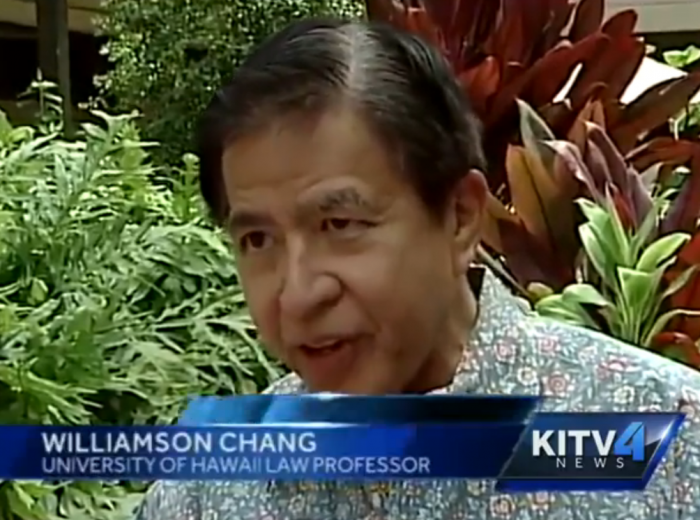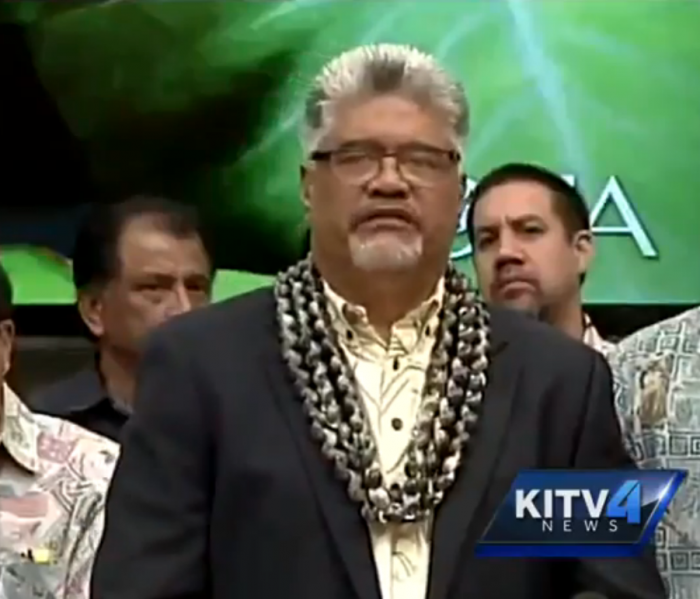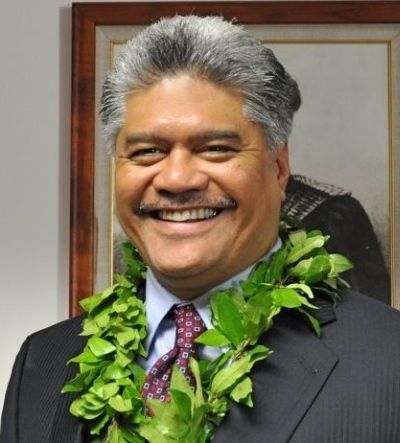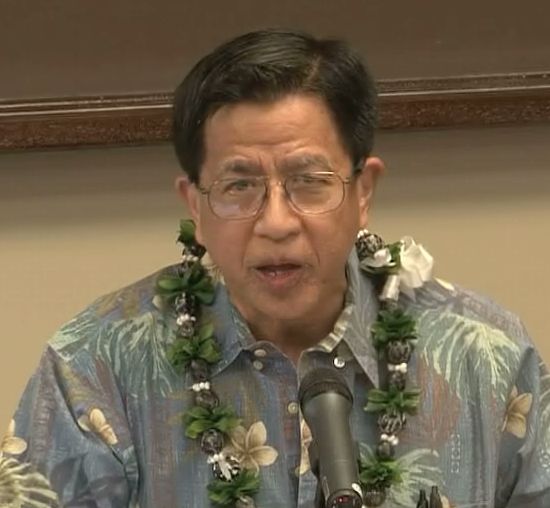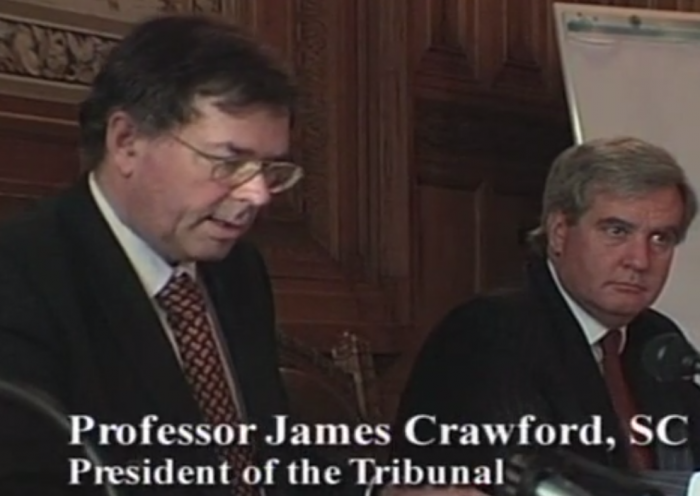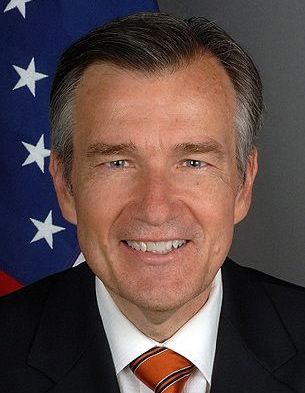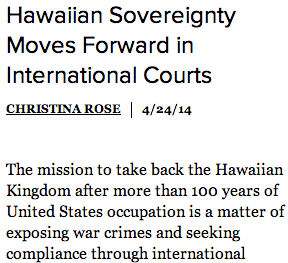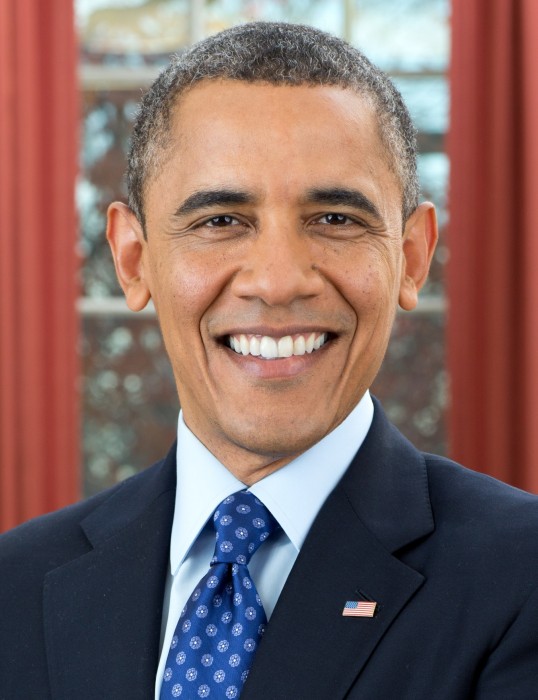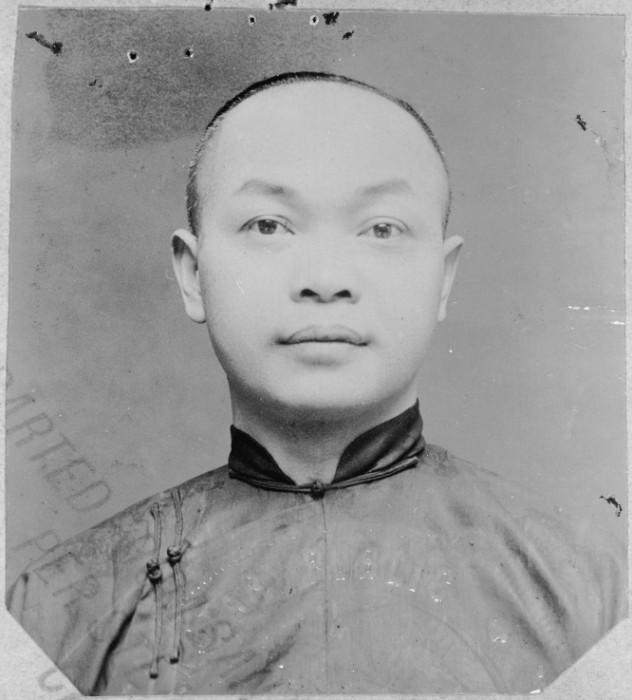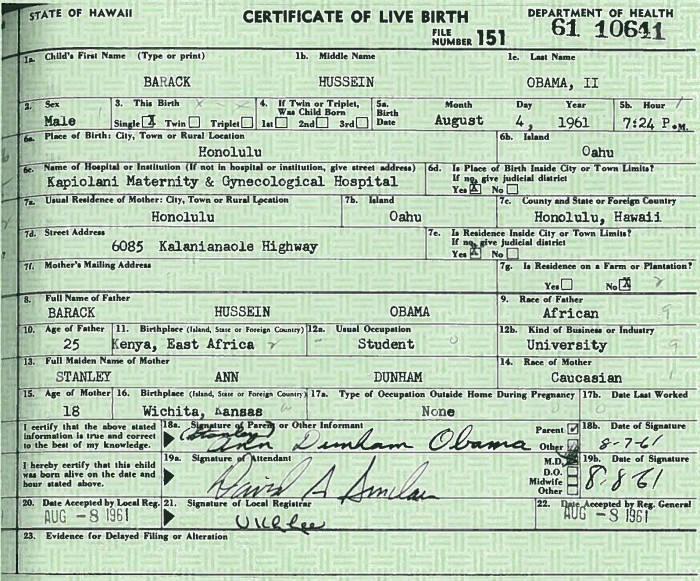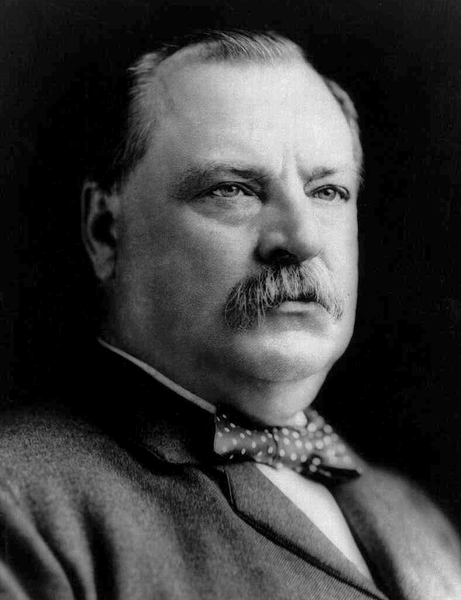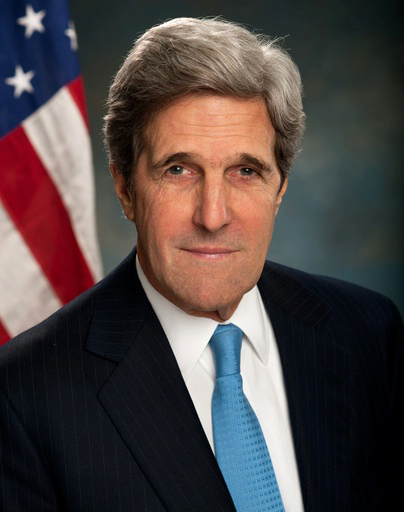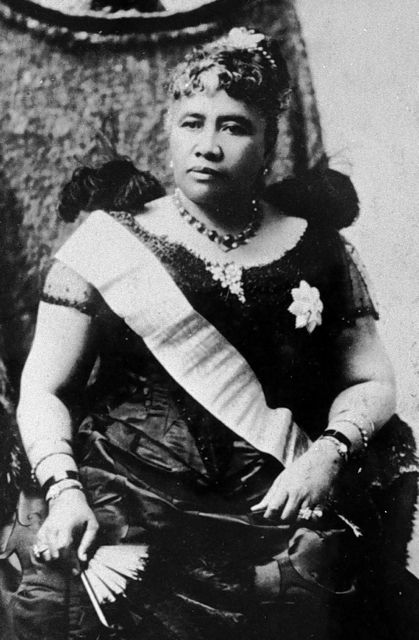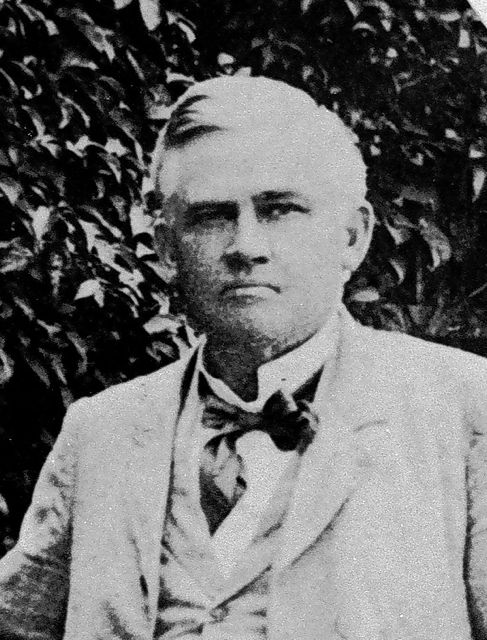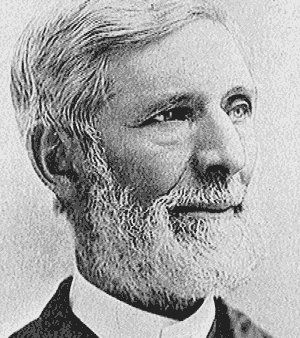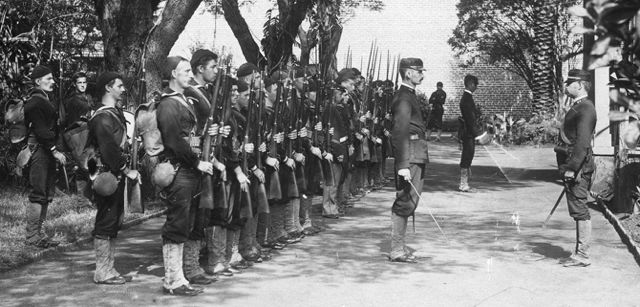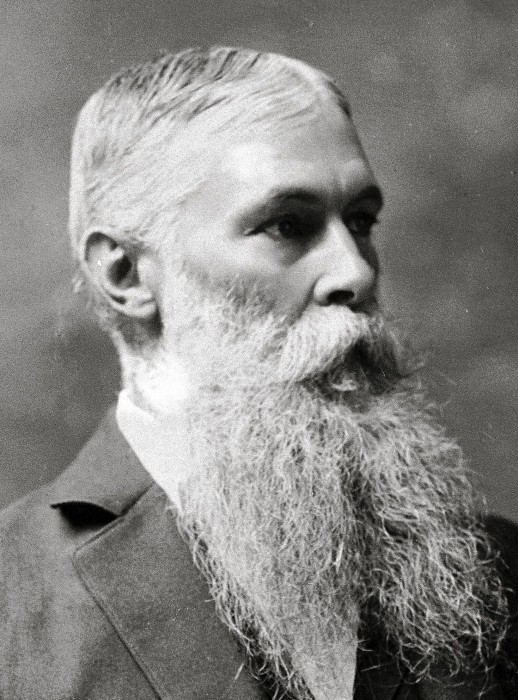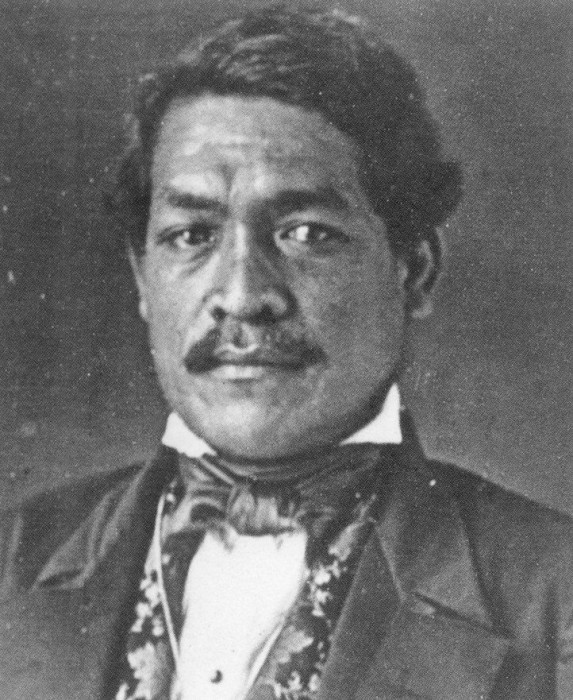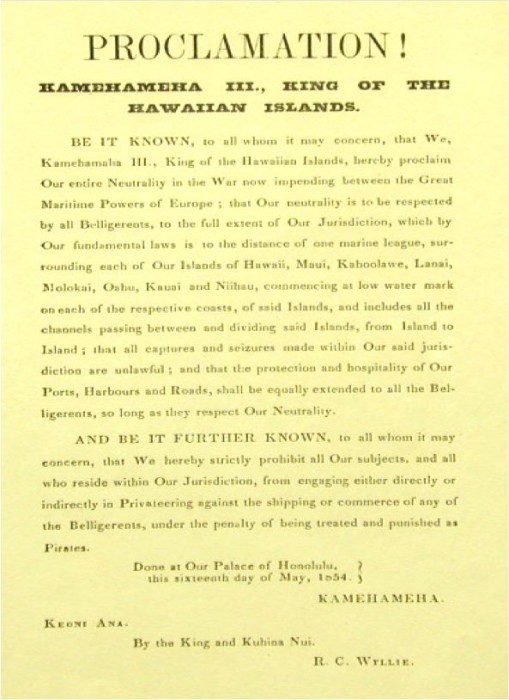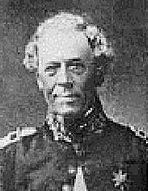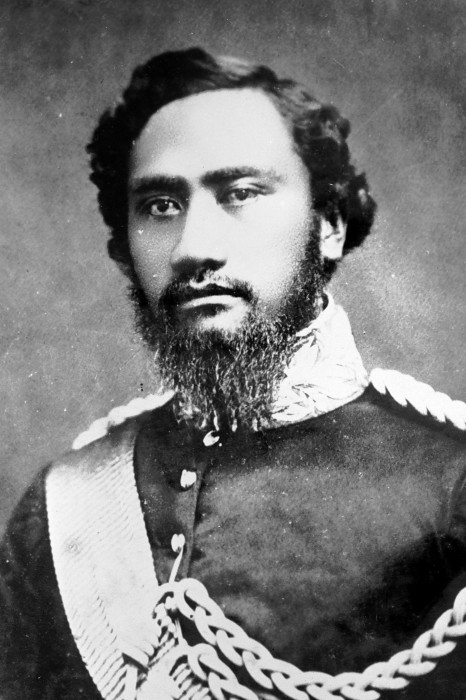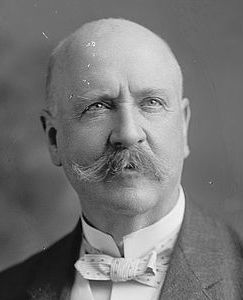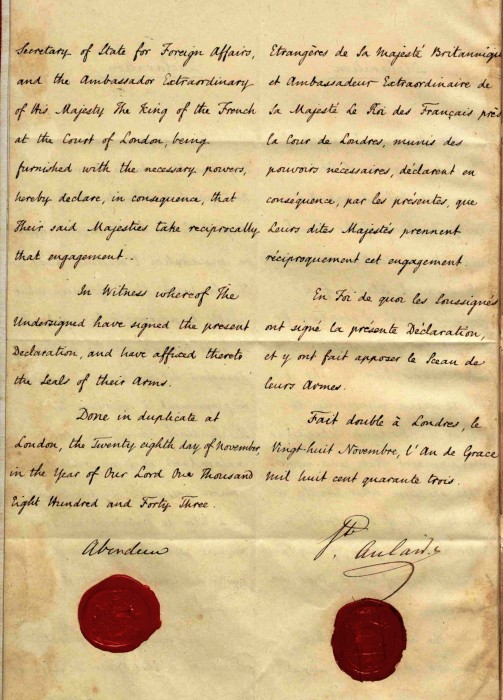The only way that the Department of Interior can have authority to hold hearings in the territory of the Hawaiian Kingdom, being a foreign State, is to first show that the Department of Justice, through its Office of Legal Counsel, has answered Dr. Crabbe’s question “Does the Hawaiian Kingdom, as a sovereign independent State, continue to exist as a subject of international law?” in the negative. Until then, the Department of Interior is violating the basic principle of international law, whereby governments have the obligation and duty to not intervene in the internal affairs of another sovereign independent State, which is precisely what the United States did in 1893.
There is a common misunderstanding that the United States federal government can enter the territory of other countries unfettered. Governments, which are the physical machineries of sovereign States, have omnipotent authority within their own territorial limits, and range from constitutional governments to totalitarian regimes. But when governments deal with other foreign countries their actions are regulated by international law, which includes treaties (agreements) and customary international law.
The United States federal government was established in 1789 with three branches of government called the Executive (President), Legislative (Congress) and Judicial (Supreme Court) branches. Of the three branches, the President alone is responsible for the enforcement of the laws that Congress has enacted as well as international laws that bind the United States abroad. To carry out this duty, the President has departments and agencies, which serve as the administrative arm of the Presidency.
In 1789 there were only three departments under the President: the Department of Foreign Affairs, which later in the same year was changed to the Department of State; the Department of the Treasury; and the Department of War, which was later changed to the Department of Defense in 1949. Today there exists twelve additional departments: Department of Justice (est. 1870), Department of Agriculture (est. 1862), Department of Commerce (est. 1903), Department of Labor (est. 1913), Department of Health and Human Services (est. 1953), Department of Housing and Urban Development (est. 1965), Department of Transportation (est. 1966), Department of Energy (est. 1977), Department of Education (est. 1980), Department of Veteran Affairs (est. 1989), Department of Homeland Security (est. 2002), and the Department of Interior (est. 1849).
Each department has a specific role and function under the President’s authority and duty to enforce the law. Only the President represents the United States in foreign affairs—neither the Congress nor the Supreme Court has that authority. According to the United States Supreme Court, U.S. v. Curtiss-Wright Export Corp. (1935), there exists the “plenary and exclusive power of the President as the sole organ of the federal government in the field of international relations—a power which does not require as a basis for its exercise an act of Congress.” To carry out this function, the President has the Department of State and the Department of Defense. All other departments are limited in authority to the territory and jurisdiction of the United States.
The Department of State is “responsible for international relations of the United States, equivalent to the foreign ministry of other countries,” through diplomats that include Ambassadors and Consuls. The Department of Defense is responsible for “coordinating and supervising all agencies and functions of the government concerned directly with national security and the United States Armed Forces.” Within the Executive branch, the Department of State is the lead advisor to the President on foreign policies, and the Department of Defense carries out these foreign policies if international law authorizes it, e.g. war or status of forces agreements.
As a foreign State, the Hawaiian Kingdom has dealt with the Department of State and the Department of Defense, but has never dealt with any of the other Departments because the Hawaiian Kingdom was never part of the United States, especially the Department of Interior. The Department of Interior is responsible for the domestic affairs of the United States that included “the construction of the national capital’s water system, the colonization of freed slaves in Haiti, exploration of western wilderness, oversight of the District of Columbia jail, regulation of territorial governments, management of hospitals and universities, management of public parks, and the basic responsibilities for Indians, public lands, patents, and pensions,” which now includes Native Hawaiians.
With the recent attention surrounding the Department of the Interior’s public meetings throughout the Islands, focus is now on centering on “authority” and not “policies.” This is attributed to the education of the masses as to the legal and political history of Hawai‘i, which has drawn attention to the Office of Hawaiian Affairs CEO Dr. Kamana‘opono Crabbe’s letter to the Secretary of State John Kerry requesting clarity as to the continued existence of the Hawaiian Kingdom as an independent and sovereign State under international law. Under the international law principle presumption of continuity, since the Hawaiian Kingdom was an independent State, which the Department of Interior and the Department of Justice admit in their joint report in 2000, international law provides that an established State is presumed to still exist until proven extinguished under international law.
According to Professor Crawford, The Creation of States in International Law (2006), p. 34, who is not only the leading authority on States, but was also the presiding arbitrator in Larsen v. Hawaiian Kingdom, “There is a strong presumption that the State continues to exist, with its rights and obligations, despite revolutionary changes in government, or despite a period in which there is no, or no effective, government. Belligerent occupation does not affect the continuity of the State, even where there exists no government claiming to represent the occupied State.” So despite the illegal overthrow of the Hawaiian Kingdom government by the United States on January 17, 1893, and the prolonged occupation since the Spanish-American War in 1898, the Hawaiian Kingdom, as a State, would continue to exist even if there was no Hawaiian government. The presumption of continuity places the burden on the United States to show under international law, and not United States law, that the Hawaiian Kingdom does not continue to exist. A congressional joint resolution of annexation is not evidence that the Hawaiian Kingdom ceases to exist an independent State under international law, but rather is the evidence of the violation of international law and Hawaiian sovereignty.
In like fashion to the Department of Interior’s public meetings, a Congressional committee called the Hawaiian Commission for the creation of a territorial government was holding public meetings in Honolulu from August through September 1898. The Commission was headed by Senator Morgan and established on July 9, 1898 after President McKinley signed the joint resolution of annexation on July 7, 1898. The Hawaiian Patriotic League who was responsible for securing 21,269 signatures against annexation submitted a memorial, which was also printed in two Honolulu newspapers, one in the Hawaiian language and the other in English. The memorial stated:
WHEREAS: By memorial the people of Hawai‘i have protested against the consummation of an invasion of their political rights, and have fervently appealed to the President, the Congress and the People of the United States, to refrain from further participation in the wrongful annexation of Hawai‘i; and
WHEREAS: The Declaration of American Independence expresses that Governments derive their just powers from the consent of the governed:
THEREFORE, BE IT RESOLVED: That the representatives of a large and influential body of native Hawaiians, we solemnly pray that the constitutional government of the 16th day of January, A.D. 1893, be restored, under the protection of the United States of America.
The memorial is still relevant today and relies on the executive agreement entered into between President Cleveland and Queen Lili‘uokalani in 1893 that bound the President and his successors in office to restore the Hawaiian Kingdom government as it stood before the invasion of United States troops on January 16, 1893, and thereafter the Queen or her successors in office would grant amnesty to the insurgents and their supporters. This Agreement of Restoration is a treaty under international law and remains binding on the office of the President today.
“If they can get you asking the wrong questions, they don’t have to worry about answers.” – Thomas Pynchon, Gravity’s Rainbow



